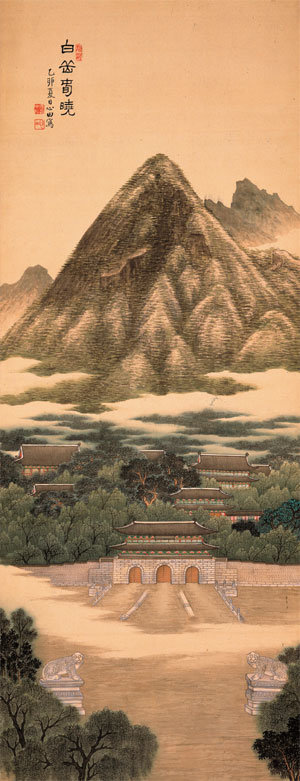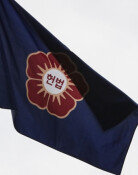‘Modern Transitions in Korean Calligraphy and Painting’ exhibition to be held
‘Modern Transitions in Korean Calligraphy and Painting’ exhibition to be held
Posted April. 16, 2019 07:44,
Updated April. 16, 2019 07:44

Ahn Jung-sik (1861~1919), also known by his pen name Simjeon, was the last royal painter of the Joseon Dynasty, who tried to introduce modern style of painting to the country while studying in China and Japan. His dream is represented by these four letters. Ahn died of severe torture by Japanese police in 1919 after participating in the March 1st Independence Movement the same year. His spirit, however, has inspired future painters and calligraphers, including Koh Hee-dong (1887~1965) and those specializing in Western painting who agonized over their identity.
A special exhibition titled “Modern Transitions in Korean Calligraphy and Painting” will be open on Tuesday at the National Museum of Korea to celebrate the 100th anniversary of the March 1st Independence Movement and establishment of the Provisional Government of the Republic of Korea. The exhibition features some 100 paintings and calligraphic works by Ahn and other artists, such as Oh Se-chang, Lee Hoi-young, and Kim Ok-gyun who were active in the late Joseon Dynasty and under Japanese colonial rule.
In particular, works by Ahn Jung-sik, master of modern Korean painting and calligraphy, catch the eyes of many. “Spring Dawn at Mt. Baegak (Registered Cultural Heritage No. 458),” in which the artists depicted Gyeongbokgung Palace and the landscape of Mt. Baegak, is the highlight of the exhibition. The painting illustrates Haetae statue, Gwanghwamun Gate, and Mt. Baegak based on the perspective projection. In 1915, Japan tore down royal palaces of Gyeongbokgung Palace and constructed Western-style buildings instead in order to hold Joseon Local Products Expo. Nevertheless, Ahn managed to portray the undamaged image of Gyeongbokgung Palace.
“It appears Ahn named the painting ‘Spring Dawn at Mt. Baegak,’ dreaming of regaining the lost spring of Joseon,” said Kim Seung-ik, researcher at the National Museum of Korea.
“Visitors will be able to see how artists in the chaotic years expressed the pains of the period, the spirit of resistance, and bright future in their paintings,” said Bae Ki-dong, director general of the museum.
Won-Mo Yu onemore@donga.com
Headline News
- Med professors announce intention to leave hospitals starting Thursday
- Bridge honoring Sgt. Moon Jae-sik unveiled in Pennsylvania
- Chief of Staff Chung tells presidential secretaries to stay away from politics
- US FTC bans noncompete agreements
- N. Korea launches cyberattacks on S. Korea's defense companies







